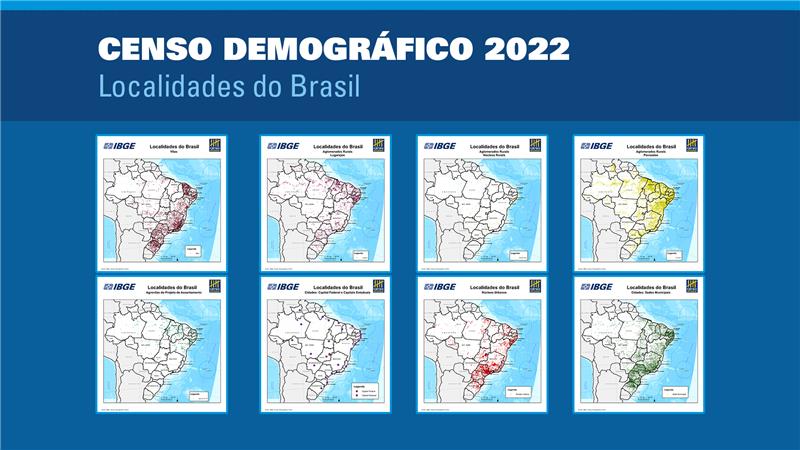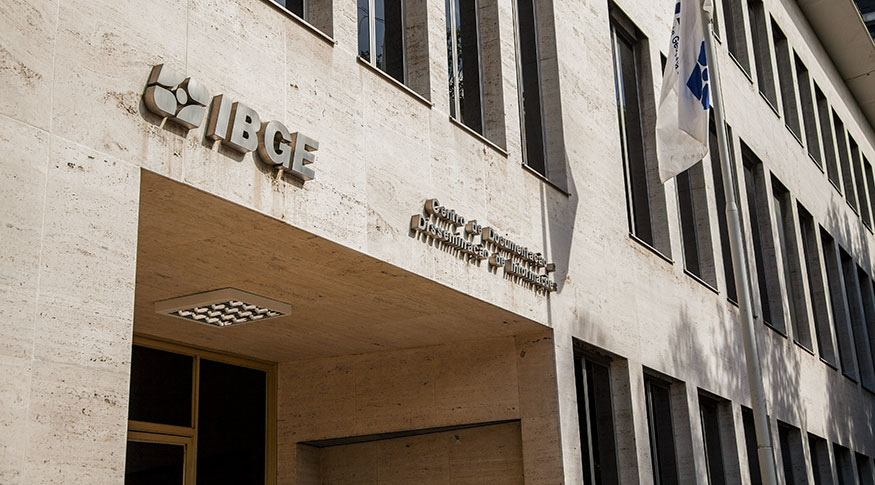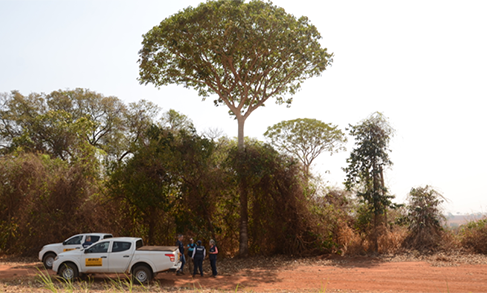Continuous PNAD
Unemployment retreats to 7.9% in the quarter ended in July, the lowest rate for the period since 2014
August 31, 2023 09h00 AM | Last Updated: September 04, 2023 05h18 PM

The unemployment rate was 7.9% in the quarter ended in July 2023, showing a decrease of 0.6 percentage points (pp) in relation to the previous quarter, from February to April 2023. It is the lowest rate for a quarter ended in July since 2014, when it was 7.0%. Compared to the same period in 2022, the unemployment rate fell by 1.2 pp. The data are from the Continuous National Household Sample Survey (Continuous PNAD), released today (31) by the IBGE.
“The retreat in the quarter ended in July occurred mainly because of the expansion in the number of employed persons” explains Adriana Beringuy, coordinator of Household Sample Surveys. The unemployed population stayed at 8.5 million persons, a drop of 6.3% in relation to the previous quarter and of -3.8% compared with the same period in 2022.
In the quarterly comparison, the number of employed persons grew again after two semesters of falls, reaching 99.3 million, a rise of 1.3% in relation to the period from February to April, with 1.3 million more persons. In the annual comparison, the growth was of 0.7% (669 thousand more persons), the lowest in the last nine consecutive quarters of rise.
“After the pandemic, we had a period of recovery for the employed population in which there were records of sharp rises spread over the activities. As this recovery process consolidates, the increases go back into being more influenced by the economic and seasonal characteristics of each activity. As a result, in the annual analysis, growth becomes less intense”, analyses the coordinator.
In the quarterly comparison, the increase in employment was driven by the group Public administration, defense, social security, education, human health and social services (593 thousand more persons), Information, communication, financial, real estate, professional and administrative activities (296 thousand more persons). They were also the main increases in the annual panorama.
“In the group Public administration, defense, social security, education, human health and social services, the rise in education and health, both in the private and in the public sector was responsible for the result in the quarter. In the annual comparison, the biggest influence came from health. The Information, communication, financial, real estate, professional and administrative activities group was influenced, in the quarter, by the information technologies segment and, in the year, by administrative, professional and financial activities”, highlights Ms. Beringuy.
The coordinator adds that Domestic services are still on the rise, growing 3.1 in the quarter an representing an increase of 18 thousand persons. “This group came from a decrease of 3.3% in the quarter ended in April and reversed the move. It is worth highlighting that in July, although only three groups showed significant highs, several interrupted decreasing moves, as it is the case of Agriculture, livestock, forestry, fishery and aquaculture, Construction, Trade, repair of motor vehicles and motorcycles and Other services”, she says.
In July, number of workers without a formal contract and those employed in the public sector grows
By employment type, in July, the highlights in the quarterly comparison are the growths in the categories of workers in the private sector without a labor contract (4.0% or 503 thousand more persons) and those employed in the public sector (2.6% or 311 thousand persons).
In the annual comparison, the highlight is the number of workers in the private sector with a formal labor contract, which grew 3.4%, representing an increase of 1.2 million persons.
The number of self-employed workers (25.2 million persons) remained stable against the previous quarter and dropped 2.5% in the year (637 thousand less persons). Thus, the informality rate was 39.1%, with increase against the previous quarter (38.9%), and decrease in the comparison with the same period a year ago (39.8%).
Underutilization falls in both comparisons
The composite underutilization rate (17.8%) dropped in both comparisons: 0.7 pp in the quarter and 3.1 pp in the year, adding up to 20.3 million underutilized persons.
The discouraged population, which stayed at 3.7 million persons, stood stable. It dropped 13.4% (568 thousand less persons) in the annual comparison. The percentage of discouraged persons in the workforce (3.3%) remained stable against the previous quarter and dropped 0.5 pp against the same quarter a year ago.
The coordinator highlights the drop in the quarter of the population outside the labor force, which presented a reduction of -349 thousand persons (-0,5). “This population had been growing for some quarters ad stood stable in the quarter ended in June. This quarter ended in July went negative and in a downward trend”, she emphasizes.
Earnings remain stable in July
The usual real earnings (R$2,935) stood stable against the previous quarter and increased 5.1% in the year. The usual real wage bill (R$286.9 billion) grew 2.0% over the previous quarter and 6.2% in the annual comparison.
“Despite the stability in earnings, with the rise in the number of employed persons, the wage bill increased” observes Ms. Beringuy.
By economic activities and among the categories of employment type, the situation was stable in the quarter.
More about the survey
The Continuous PNAD is the main instrument to monitor workforce in Brazil. The survey sample per quarter corresponds to 211 thousand households surveyed in Brazil. Nearly two thousand interviewers work in the survey in 26 states and in the Federal District, integrated to the data collection network of more than 500 IBGE branches.
Due to the Covid-19 pandemic, the IBGE implemented data collection by telephone on March 17, 2020. In July 2021, face-to-face data collection was resumed. The identity of the interviewers can be confirmed at the Answering the IBGE website or through the Call Center (0800 7218181), and their ID numbers can be requested by the informants.
See PNAD data on Sidra. The next release of Continuous PNAD, related to the quarter ended in August, will be on September 29.


















